Counterfeit Goods: A Hidden Threat to a Sustainable Economy

Curious about how counterfeit goods can affect your daily life too? Let’s look at the story of the fictional…
Read MoreWINSS Launches a Bilingual Weekly Newsletter on Sustainability – Subscribe now

On Monday, February 24th WINSS will be sending out its first weekly newsletter on sustainability, available in both English…
Read MoreFreelance Platform Fiverr at The Forefront of AI Powered Work Transformation

Fiverr is an online marketplace where freelancers offer services (called “gigs”) in various categories, including writing, design, programming, marketing,…
Read MoreThe 15-Minute City: A Revolutionary Vision for Sustainable Urban Living?
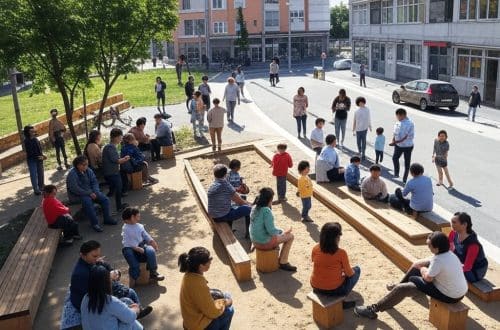
Cities keep growing fast. This explosive growth creates traffic, pollution, and limited access to necessities. Urban planners seek ways…
Read MoreMicrosoft and Carnegie Mellon Study: Is AI Really Making Us Dumb?

Artificial intelligence has become an omnipresent force. Countless workplaces rely on chatbots, automated scheduling tools, and generative algorithms to…
Read MoreThe Future of Work, according to LinkedIn co-founder Reid Hoffman

Work cultures are mutating at breakneck speed. The expansion of the gig economy, rapid AI breakthroughs, the rise of…
Read MoreAnimal Abuse Reflects a Low Ethical and Moral Standard

Ethical principles form those civilizations rooted in justice and empathy. You can see a person’s moral grounding through how…
Read MoreAmerican Farmers Turn to Agritourism Out of Financial Necessity

U.S. farmers face tough choices when crop prices drop and operational costs climb. On top, traditional agriculture methods yield…
Read MoreWEF’s Global Risks Report: An Exclusive Comparative Overview from 2023 to 2025
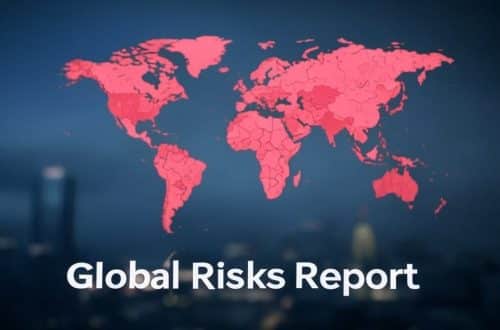
Nations go through a convoluted trajectory in the aftermath of pandemic disruptions, armed conflicts, and accelerating technological upheavals. The…
Read MoreEurope’s Commission Work Programme 2025: Bolder, Simpler and Faster
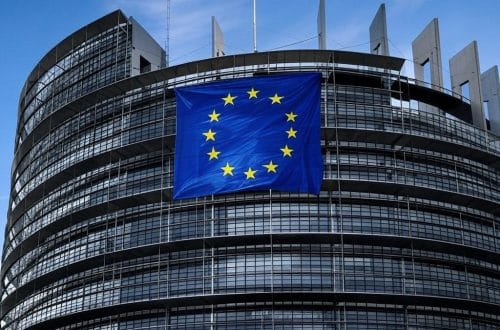
Europe stands at a pivotal crossroads. Nations across the continent grapple with economic shifts, geopolitical tensions, climate pressures, and…
Read MoreBuilding a Green Roof on Houseboats, Amsterdam Shows the Way
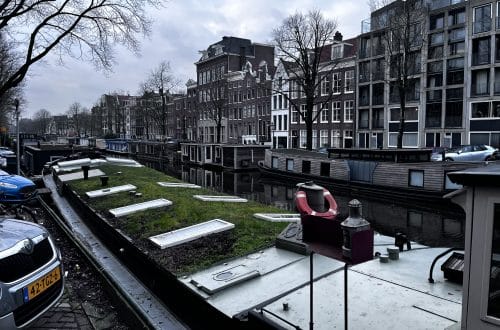
In the Netherlands, houseboats are a distinctive feature of the country’s waterways. Approximately 10,000 houseboats are spread across the…
Read More7 Steps to Inspire Student Sustainability Development Projects for Maximum Impact

Empowering students to spearhead sustainability development projects nurtures environmental awareness and fuels imaginative problem-solving. Connecting classroom projects with the…
Read More20 Free Resources to Recognize Disinformation

Disinformation has become one of the most pressing challenges in the digital era. Whether it’s fake news, propaganda, or…
Read MoreThe Future of Education: How Learning is Changing in 2025 and Beyond

As we realise each and every day, the world is changing extremely fast, and education needs to keep up….
Read MoreOrca Pioneers Large-Scale Carbon Capture to Combat Climate Change
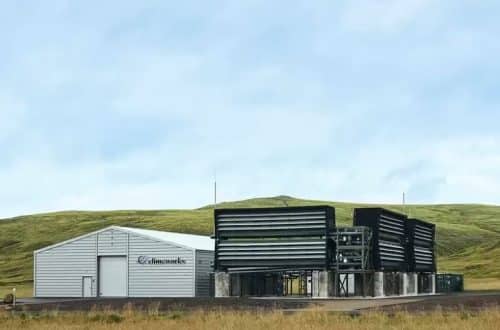
In the fight against climate change, reducing emissions alone is just not enough. To truly mitigate global warming, we…
Read MoreCarbon Removal on Farms Through Enhanced Rock Weathering and Biochar Application: A Double-Edged Sword?

Carbon removal on farms is gaining traction as a climate mitigation strategy. By implementing methods such as enhanced rock…
Read MoreCan the EU Go Net-Zero Without Hurting Its Economy? Kurt Vandenberghe versus Jean-Luc Demarty

The European Union (EU) wants to reach net-zero greenhouse gas emissions by 2050 and become a global leader in…
Read MoreHow Lydie Beassemda Empowered Women in Chad’s Agricultural Development

A recent article on Heroes Of Sahel by Isabelle Naïssem caught our attention a few days ago. The article…
Read MoreHow to Strengthen Quality Assurance in Adult Education and Training – Because Quality Matters

The Organisation for Economic Co-operation and Development (OECD) has again published a report on the labor market needs: “Quality…
Read MoreARISE Develops Sustainable Food Sources using Alternative Proteins

The Middle East Technical University (METU) has announced a project called APRISE to develop sustainable food sources using alternative…
Read MoreDonald Trump Exits from the Paris Climate Agreement: Two Sides of the Story

President Donald Trump’s decision to pull the United States out of the Paris Climate Agreement has sparked quite some…
Read MoreWEF “Future of Jobs Report 2025”: Automation will handle 34% of tasks and more
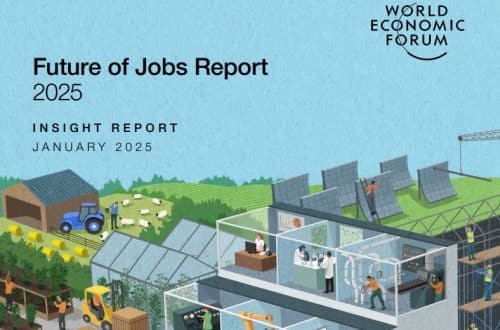
Out now is the “Future of Jobs Report 2025” which was published by the World Economic Forum (WEF). It…
Read MoreAre Low Emission Zones in Europe Really Always Effective?

Low Emission Zones (LEZs) aim to reduce urban air pollution. They limit access for vehicles that emit high levels…
Read More50 New ways to Introduce Sustainability in the Workplace

Imagine this. Karim, a project manager at a mid-sized marketing firm, notices the office’s excessive paper usage and energy…
Read MoreWhat Are Green Skills and Why Are They Essential Especially Now?
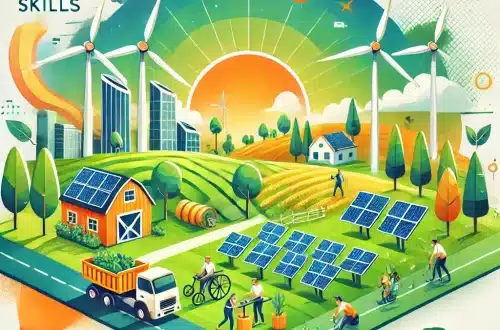
From time to time you hear people talking about green skills. But what are green skills exactly and how…
Read MoreDesigning Education for a Sustainable Future Beyond 2025: ‘Let’s Empower Citizens, Consumers, and Workers Now!’

Available now from the OECD is a PDF called “Empowered Citizens, Informed Consumers, and Skilled Workers: Designing Education and…
Read MorePlanting a Memorial Tree: A Beautiful Way to Honor Loved Ones

Losing someone you love is one of life’s most difficult experiences. Finding a meaningful way to honor their memory…
Read MoreGreta Thunberg: Was she A Blessing or a Nuisance for the Climate Debate?

Few figures in the climate movement have sparked as much debate as Greta Thunberg. Since her school strike in…
Read MoreHow Norman Borlaug’s Green Revolution Saved Millions from Starvation in 20th and 21st Century

Anno 2025, the name Norman Borlaug does not ring a bell with most people. However, 60 years ago he…
Read MoreClimate Change Forces Insurance Companies To Adapt More Rapidly

The increasing frequency and severity of natural disasters due to climate change, such as California’s wildfires, are forcing insurance…
Read MoreHow Many Zero-Emission Vehicles Were Registered in the EU in 2023?

There is brand new data available from Eurostat which displays new zero-emission vehicles by type of vehicle and type…
Read MoreHow to Develop an AI Companion to Treat Individuals with Depression by 2035?

We are in the Winter of 2035 and there are several fully functional AI companion apps available on the…
Read MoreRivers of Waste or the Global Crisis of Waterway Pollution

Rivers are vital to ecosystems and human societies, providing water, transportation, and livelihoods. However, the pervasive issue of waste…
Read MoreWhy Absolutely Use Robotic Pets For People Suffering From Dementia?

Australian Tom Stevens faced a heart-wrenching decision: removing his mother Nancy’s beloved dog due to her advancing Alzheimer’s disease….
Read More10 Tips To Drastically Reduce Your Electricity Consumption At Home In 2025

Households often waste a significant portion of their electricity consumption due to inefficient appliances, devices left on standby, and…
Read MoreHow China Wanted to Halt Desert Expansion and Why It Went Wrong

China has made remarkable efforts to combat desertification or desert expansion by planting vast numbers of trees. At least…
Read MoreBikes and E-Bikes Are Definitely a Smart Choice for Cities in 2025

Cities around the world are grappling with the challenges of modern urbanization – traffic congestion, air pollution, limited public…
Read MoreUnderstanding Supply Chain Emissions is Key To Reduce Environmental Impact

A supply chain is integral to business operations, yet it significantly contributes to environmental degradation. Notably, eight major supply…
Read More10 Breakthrough Trends in Immersive Learning

Immersive learning is key in a dynamic approach to education, blending technologies like Virtual Reality (VR), Augmented Reality (AR),…
Read MoreWhy Imposing Environmental Guilt Completely Misses The Point

Environmental guilt. That creeping, gnawing emotion often imposed by the more extreme voices in the environmental community. You could…
Read MoreHow Sustainability Indicators Must Evolve in 2025

Sustainability indicators measure how organizations perform across environmental, social, and economic dimensions. They reveal the success of sustainability efforts…
Read MoreNatural Fibers in Sustainable Industries Are On The Rise

Natural fibers such as sisal, pineapple leaf fiber (PALF), and agave have transitioned from being considered “useless” to becoming…
Read MoreEnsuring Transparency in Charitable Organisations: These Are The Best Practices to Build Donor Trust

Imagine donating to a charity, believing your contribution will support those in need. Later, you discover the funds were…
Read MoreShou Sugi Ban: An Ancient And Sustainable Japanese Wood Preservation Technique

Few techniques in architectural design marry functionality and aesthetics as seamlessly as Shou Sugi Ban. The term “Shou Sugi…
Read MoreClimate Tech Funds in 2024 At All Time High Despite Investment Slowdown: Navigating the Paradox

In 2024, climate tech funds have amassed unprecedented capital, yet actual investments in sustainable technologies have declined. This paradox…
Read MoreRice–Fish–Duck Symbiosis System Or Sustainable Agriculture In Action

Last week we posted an article on the rice–crab coculture / symbiosis system in China as an example of…
Read MoreImmigrants Show Alarming Skill Gaps in 2024 OECD Survey Results

Earlier this week we talked about the 2023 Survey of Adult Skills, conducted by the OECD’s Programme for the…
Read More31% Of Women In The EU Experienced Violence

Out now is the 2024 EU Gender-Based Violence (EU-GBV) survey and yes, we did indeed already address it in…
Read MoreSurvey of Adult Skills 2023 (PIAAC) Shows Declining Skills – Action Needed Now

The findings of the 2023 Survey of Adult Skills, a comprehensive study conducted by the OECD Programme for the…
Read MoreFinancial Management and Budgeting for Low-Income Households in 10 Steps

Inflation and economic crises hit low-income households the hardest, as rising prices and stagnant incomes stretch already limited resources….
Read More